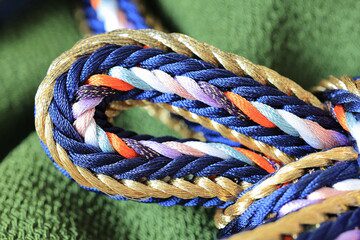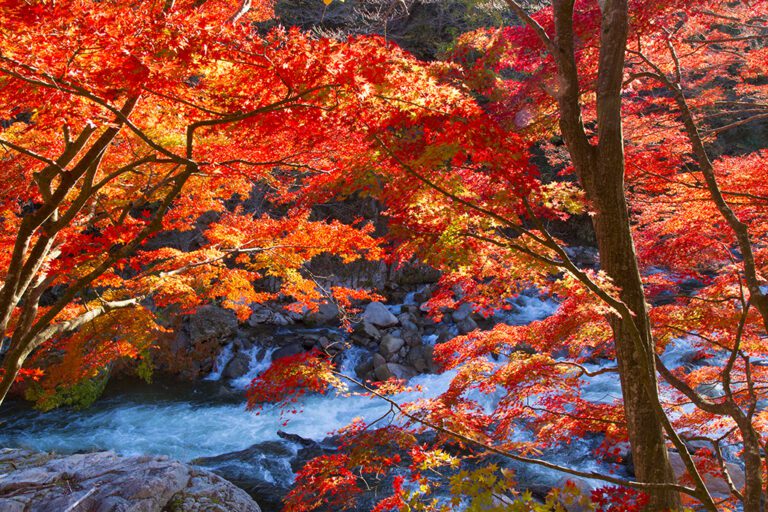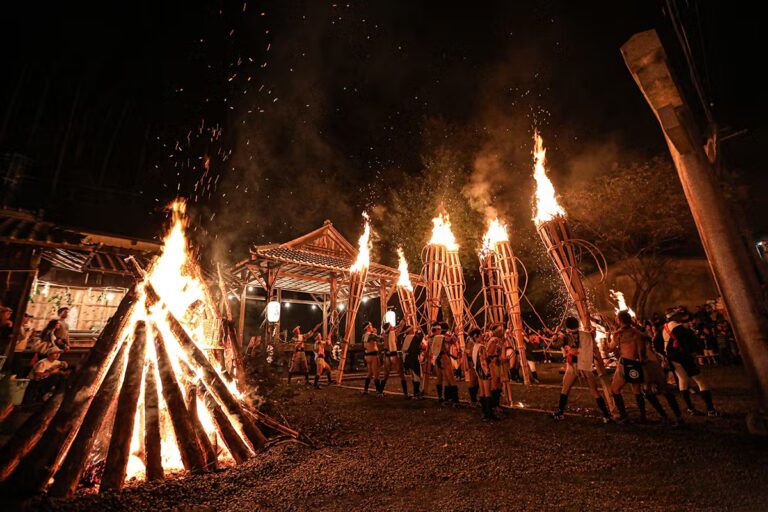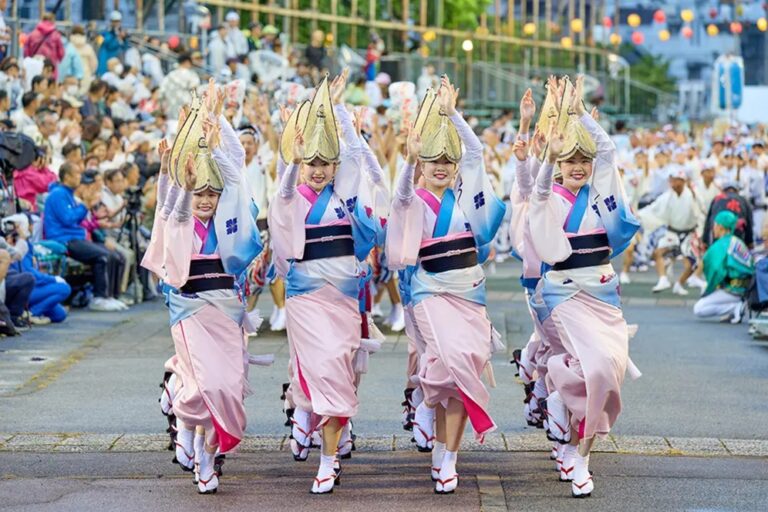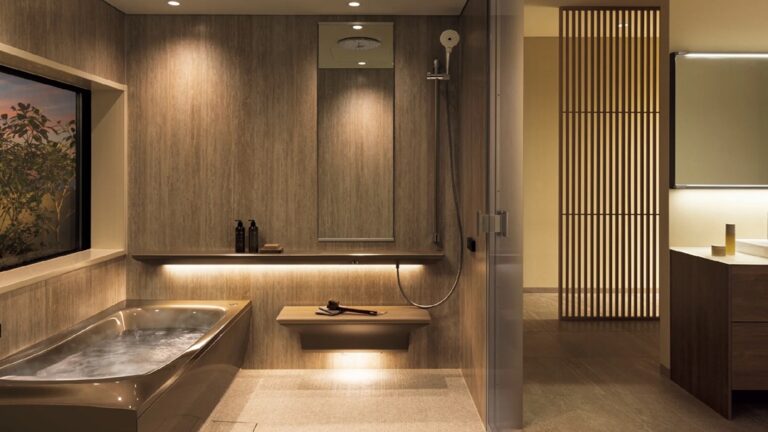Echizen Uchihamono ∣ Japan’s Three Great Blade-Making Traditions
Echizen Uchihamono, traditional forged cutlery from Fukui Prefecture, has been crafted by hand for over 700 years. In Echizen City, blacksmiths continue to shape red-hot steel with skill passed down through generations. Known for its balance of strength, precision, and beauty, Echizen cutlery was the first in Japan to be designated a Traditional Craft. Today, “Echizen knives” are trusted by chefs around the world, standing alongside Sakai and Seki as one of Japan’s three major knife-making regions where craftsmanship still lives in every blade.
The Swordsmith’s Legacy — The Birth of Echizen Forged Cutlery
In 1337, during Japan’s Nanbokucho period, Kyoto swordsmith Chiyozuru Kuniyasu moved to Fuchu (now Echizen City) in search of an ideal location for sword forging. While producing swords, he began making sickles for nearby farmers, marking the beginning of Echizen’s long tradition of practical blades.
During the Edo period, the Fukui domain supported the craft by developing a blacksmiths’ quarter and wholesalers’ district, forming trade guilds that helped Echizen’s industry thrive. Artisans of Echizen lacquerware, who traveled nationwide, carried and sold sickles during their journeys, spreading the name “Echizen blades” across Japan. In modern times, mechanization improved productivity, and in 1979 Echizen Uchihamono became the first cutlery to be designated as a national Traditional Craft. It was later registered as a Regional Collective Trademark in 2007.
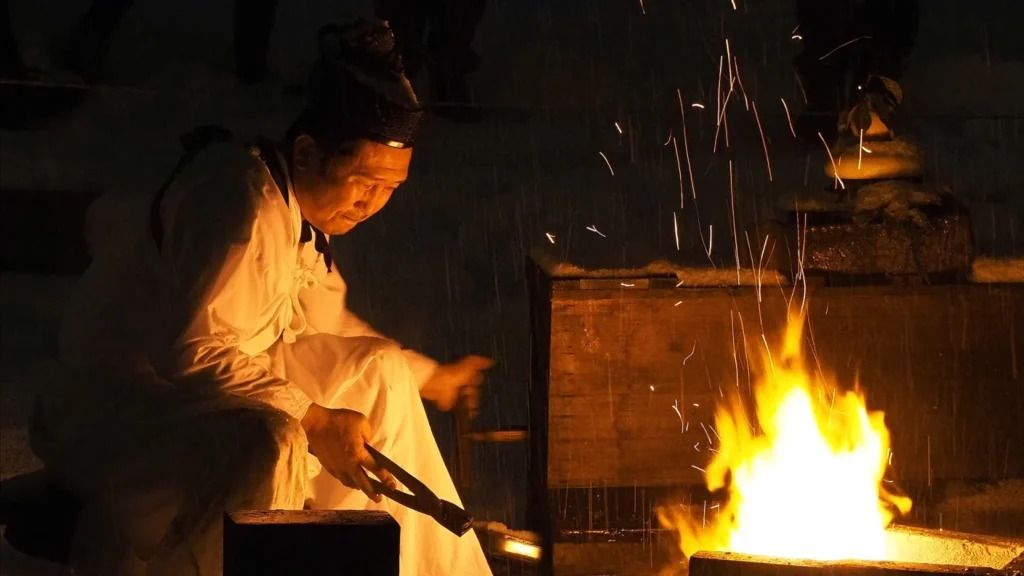
Unique Techniques Passed Down Through Generations
Echizen Uchihamono is known for its distinctive forging methods, particularly Nimai-gasane and Mawashi-haganezuke, both requiring advanced skill and intuition.
- Nimai-gasane (Double-Layer Forging): Two sheets of steel are forged together while being hammered from both sides. The heat is evenly distributed, allowing the metal to stretch thin without distortion. This produces lightweight blades that stay sharp for a long time.
- Mawashi-haganezuke (Spiral Steel Attachment): The cutting-edge steel is forged diagonally from one corner, creating a durable and easily sharpened edge, ideal for sickles and outdoor tools.
Both techniques demonstrate the harmony of flexibility and strength that defines Echizen’s traditional fire-forging method.
Fourteen Steps to Create a Single Blade — The Beauty of Function
- Forging the Steel and Base Iron: The steel for the cutting edge is heated to about 800°C and hammered into the required size.
- Welding (Warikomi and Wakashitsuke): The base iron is split, and the steel is inserted and bonded by hammering.
- Shaping and Cutting: The flat portion of the knife is shaped, then cut into one-knife lengths.
- Forging the Tang: The tang, which fits into the handle, is formed.
- Double Spreading (Nimai-hiroge): The blade is folded into two layers and hammered evenly from both sides, one of Echizen’s original techniques. This keeps heat even and prevents plate warping.
- Annealing: The blade is reheated to about 800°C and cooled naturally in air to stabilize its metal structure.
- Cleaning and Rough Flattening: Impurities are removed, and the surface is smoothed.
- Final Flattening: Light hammering straightens and aligns the blade.
- Trimming (Tachimawashi): Excess material is cut away to fit the final design.
- Quenching (Yakiire): The blade, coated with clay, is heated to around 800°C and quickly cooled in water to harden the steel.
- Tempering (Yakimodoshi): The hardened blade is heated at 150–220°C for about 30 minutes and then cooled slowly to add flexibility and prevent brittleness.
- Rough and Medium Sharpening: A coarse whetstone forms the general shape, followed by finer stones that sharpen the edge horizontally.
- Edge Finishing: The cutting edge is carefully refined and polished.
- Final Polishing and Koba-awase: The surface is polished until glossy, and a small secondary bevel (koba) is added to keep the edge durable.
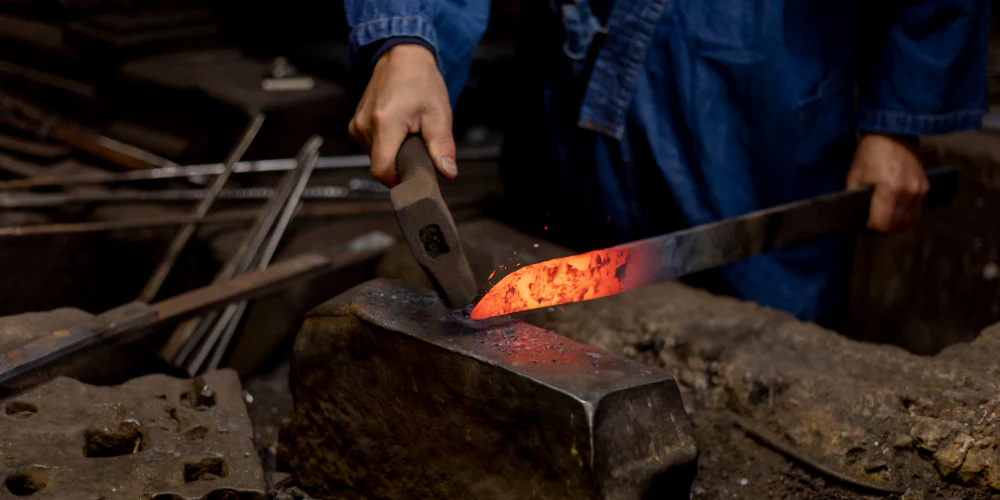
Each process depends on the craftsman’s judgment. A slight change in temperature, force, or timing can alter the character of the finished blade.
“Echizen Knives” on the Global Stage
With the global popularity of Japanese cuisine, Echizen knives have found their way into professional kitchens around the world.
Yanagiba, gyuto, and usuba knives from Echizen are now regarded as icons of Japanese handmade knives. While preserving its heritage, Echizen continues to evolve—combining time-honored techniques with modern design and materials. Alongside other famous cutlery centers such as Sakai and Seki, Echizen plays a vital role in representing Japan’s knife-making culture to the world.
Experience the Living Tradition in Echizen
Echizen Chiyozuru-no-Yakata (Museum)
Address: 48-6-1 Ikenoecho, Echizen City, Fukui Prefecture 915-0873
TEL: +81-778-22-1241
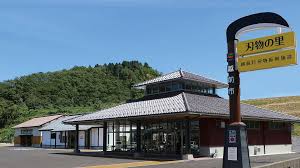
This museum introduces the history of Chiyozuru Kuniyasu and displays traditional tools and blades used in Echizen blacksmithing. Visitors can explore how the spirit of craftsmanship has been passed down through centuries.
Takefu Knife Village (Hands-on Workshop)
Takefu Knife Village offers popular workshops taught directly by active craftsmen.
In the “Knife-Making Class,” participants can experience most of the production process—from fire-forging and hammering to sharpening and attaching the handle.
Group visitors can join shorter classes such as “Paper Knife Making” or “Keyholder Forging.”
All completed items can be taken home on the same day.
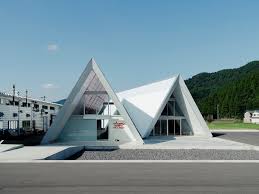
Contact for Reservation (Required)
FAX: +81-778-67-2070
Email: hamono@nx.ttn.ne.jp
(English support available)
The teachers are real craftsmen of Takefu Knife Village.
Reservations required for all classes.
A 700-Year Craftsmanship That Lives in Everyday Life
Echizen Uchihamono is more than a tool—it reflects the Japanese philosophy of harmony between people and objects.
Together with Sakai and Seki, Echizen continues to uphold Japan’s knife-making heritage. The sound of hammering steel still echoes in Echizen, where every spark carries the spirit of its craftsmen.

What Is Traditional Craftsmanship?
Traditional craftsmanship refers to handmade artworks that have been passed down through generations using time-honored techniques and materials.
Items officially designated as “Traditional Crafts” by Japan’s Minister of Economy, Trade and Industry or by prefectural governors must meet the following criteria:
- They are practical items used in everyday life.
- They are mainly handmade.
- They use traditional materials and techniques.
- They are continuously produced in a specific region and form a local industry.
These conditions ensure that the craft is not only an art form but also a living part of Japan’s cultural heritage.

Editor and writer from Japan. Not the best at English, but I share real stories with heart and honesty — aiming to connect cultures and ideas that matter.


